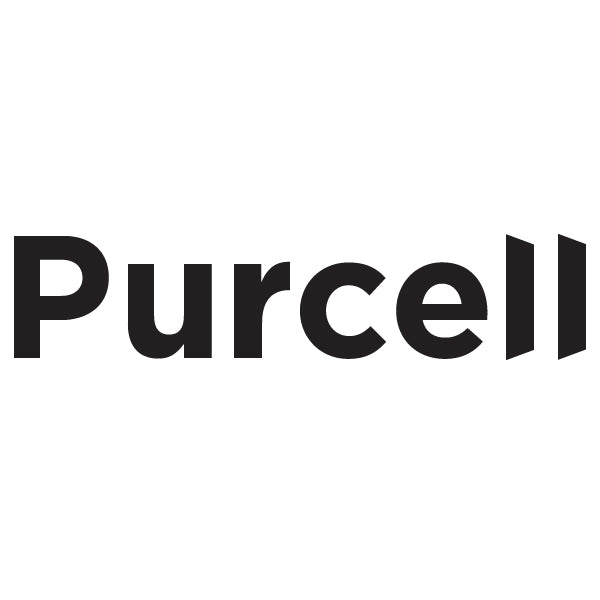Recycling has long been touted as a cornerstone of environmental sustainability, but in the evolving conversation about conserving resources and minimizing waste, the concept of reusing packaging is gaining traction as a superior alternative. This blog post explores why reuse is often a more effective strategy than recycling, especially when it comes to packaging materials.
Understanding the Hierarchy: Reduce, Reuse, Recycle
The waste management hierarchy – "reduce, reuse, recycle" – prioritizes these strategies in order of environmental effectiveness. While recycling is beneficial, it comes in third place, after reducing consumption and reusing materials. Reuse is more environmentally friendly because it prolongs the life of an item, thus delaying, or even preventing, its entry into the waste stream.
Energy and Resource Efficiency
Recycling requires energy and resources. The process involves collecting, transporting, and processing materials to create something new. Each step consumes energy and often involves burning fossil fuels, contributing to greenhouse gas emissions. In contrast, reusing packaging demands significantly less energy and fewer resources. It eliminates the need for recycling processes and the associated environmental costs.
Quality and Durability Concerns
Recycled materials can degrade in quality over time. Paper and plastic, for example, often suffer a decline in structural integrity each time they are recycled. Reuse, on the other hand, maintains the quality of the original material. By designing packaging with durability in mind, manufacturers can create products that withstand multiple uses without losing functionality or aesthetic appeal.
Economic Benefits
Reuse can be economically advantageous both for businesses and consumers. For businesses, investing in reusable packaging might have a higher initial cost, but it can lead to long-term savings by reducing the need for purchasing new packaging materials. Consumers can benefit from incentive programs for returning and reusing packaging, fostering a more circular economy.
Reducing Pollution
Recycling processes, especially for plastics, can lead to environmental pollution. Chemicals used in recycling can contaminate water and soil. Reusing packaging, especially if it's designed to be environmentally friendly, significantly reduces pollution risks, contributing to cleaner air and water.
Encouraging Sustainable Behavior
Promoting reuse over recycling can also encourage more sustainable consumer behavior. It shifts the focus from the end-of-life of products to a more holistic view of their lifecycle. By reusing, individuals and businesses become active participants in reducing waste, rather than passively relying on recycling systems to manage it.
Challenges and Considerations
While reuse is advantageous, it's not without challenges. It requires a change in both consumer behavior and manufacturing practices. Designing for durability and ease of reuse, creating convenient return systems, and educating the public about the benefits are critical steps in making reuse a more widely adopted practice.
While recycling plays an important role in waste management, its environmental impact is often overshadowed by the benefits of reuse, particularly for packaging. By prioritizing reuse, we can make significant strides in reducing waste, conserving resources, and mitigating environmental damage. The shift from recycling to reuse is a crucial step in our journey towards a more sustainable future.

